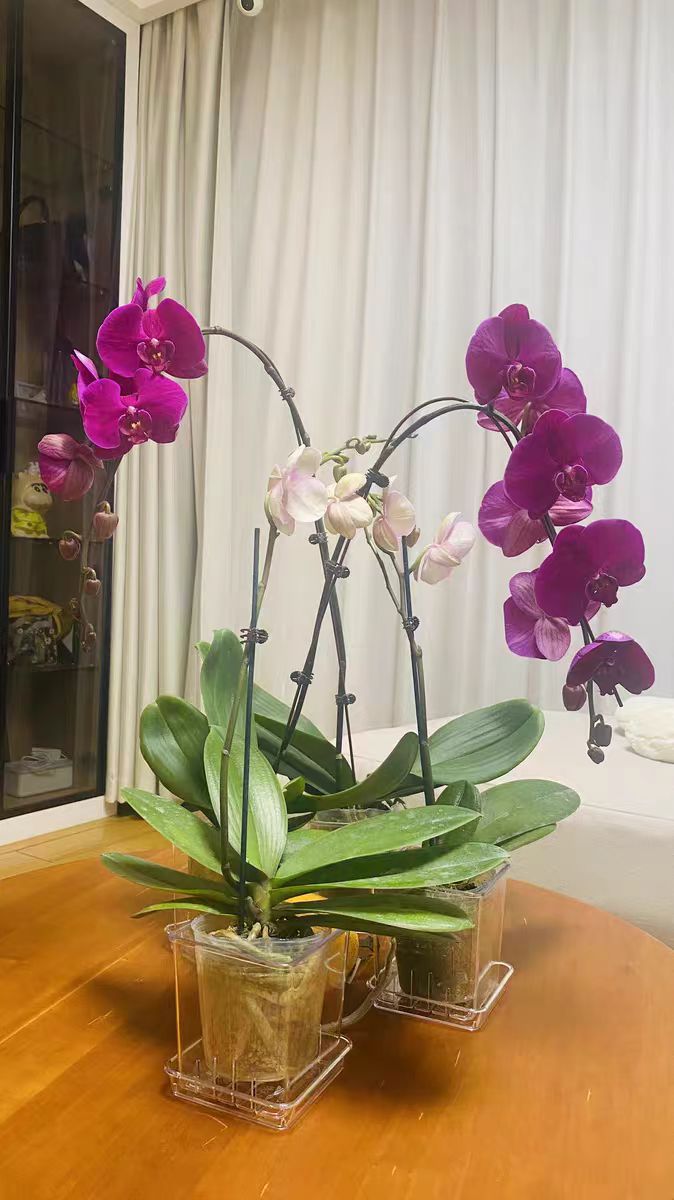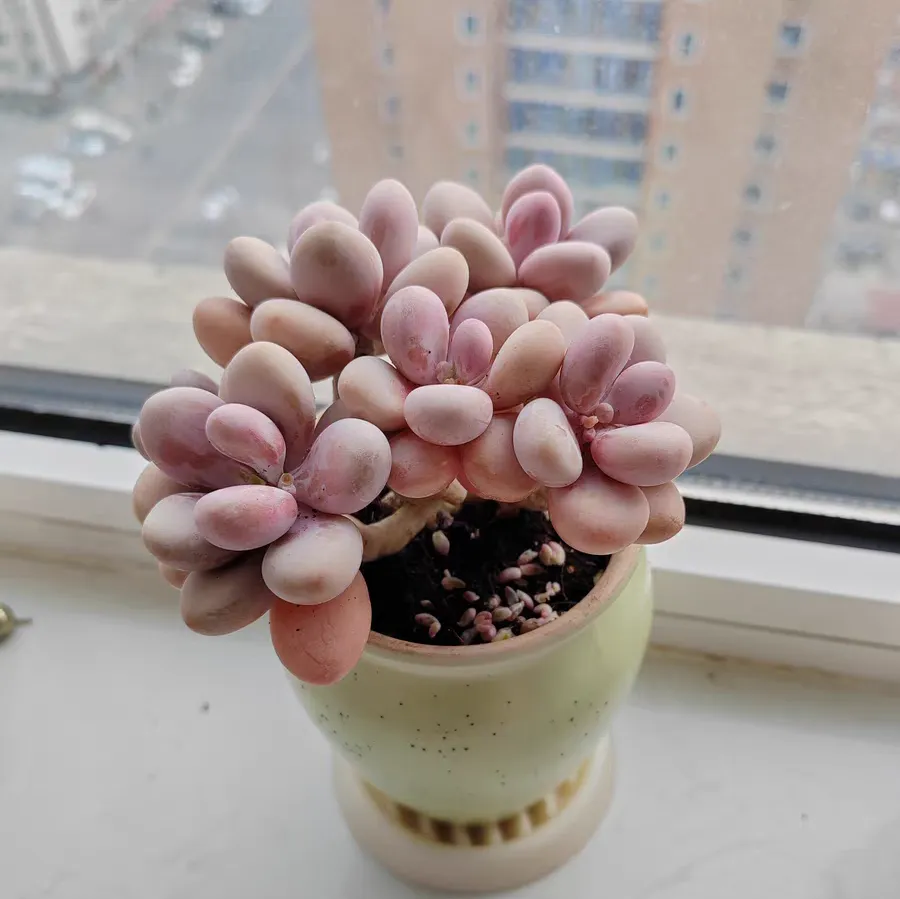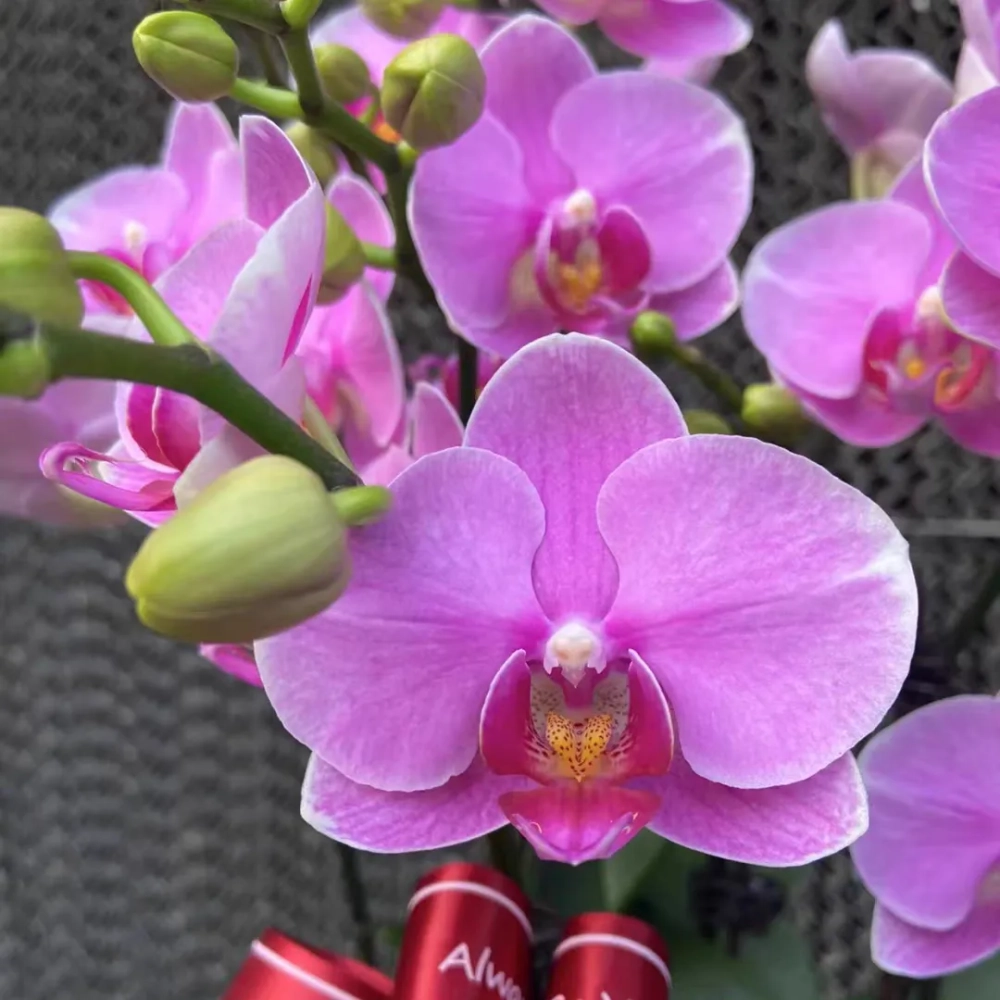Phalaenopsis is known as the "Queen of Orchids". With its elegant flower posture and gorgeous flower colors, it is a favorite among many flower lovers. In the process of cultivating Phalaenopsis, root induction and transplantation are key links that directly affect the growth of the plant and its subsequent flowering.
The time for root induction of Phalaenopsis varies depending on the method, environmental conditions, and individual differences. Generally speaking, by using methods such as watering with rooting water, wrapping with moss or sphagnum moss, in a warm, humid environment with diffused light, new roots will gradually grow within about a few weeks to a month. When you observe that the new roots reach a length of 2-3 centimeters and the roots are relatively robust, you can consider transplanting.
The Best Root Induction Methods for Phalaenopsis
Watering with Rooting Water Method: Rooting water is a great helper for root induction of Phalaenopsis. You can choose a special rooting agent, or dilute a salicylic acid solution or an aspirin tablet solution for use. First, prepare a substrate with good air permeability and drainage, and keep it slightly acidic. Plant the Phalaenopsis in the substrate, water it thoroughly with the rooting water, and ensure that both the leaves and the substrate maintain an appropriate humidity. Place it in a warm, humid environment with diffused light, and regularly check the growth of the roots.
Moss/Sphagnum Moss Wrapping Method: Moss or sphagnum moss has good moisture retention properties and can stimulate the growth of new roots of Phalaenopsis. Gently wrap the roots of the Phalaenopsis in moss or sphagnum moss, then put it in a flower pot and fill the surroundings with planting medium. The top layer can be covered with a layer of sphagnum moss or coarse sand grains to maintain air permeability and humidity. Water regularly to keep the roots slightly moist, and avoid excessive moisture causing root rot.
Root Induction by Placing near the Water Surface Method: Prepare a transparent container, remove and disinfect the rotten roots of the Phalaenopsis. Then, place the Phalaenopsis on the edge of the container, allowing a small part of the roots to gently touch the water surface. This method requires keeping the water clean and at an appropriate temperature. It is best to use rainwater or purified water. Place it in a warm, well-ventilated environment with diffused light, and regularly check the water quality and the growth of the roots.
Upside-down Onion Root Induction Method: The upside-down onion root induction method is a rather special method. Trim the rotten or empty roots of the Phalaenopsis clean. After the wounds heal, place the leaves upside down in a container with an appropriate amount of water. The water only needs to soak a little of the leaves, and the roots face upward. Maintain an appropriate humidity and temperature, and place it in a warm environment with diffused light. In about half a month, new roots will gradually grow.
Mineral Water Bottle and Cotton Rope Method: For Phalaenopsis with rotten roots, the mineral water bottle and cotton rope method is an effective root induction method. Find a cotton rope or absorbent thread and tie it to the roots of the Phalaenopsis. Then, fill a mineral water bottle with water, place the Phalaenopsis with the tied cotton rope beside it, and put the other end of the cotton rope into the water. In this way, water can slowly moisten the roots through the cotton rope, which both moisturizes the roots and prevents root rot.
When transplanting Phalaenopsis, the following points need to be noted:
Choose the appropriate substrate: The substrate should have good air permeability and drainage, and maintain a slightly acidic environment.
Maintain appropriate humidity: After transplantation, keep the humidity of the substrate and leaves, and avoid excessive moisture causing root rot.
Provide appropriate light and temperature: Place it in a warm environment with diffused light, and avoid direct sunlight and high temperatures.
Regularly check the growth of the roots: After transplantation, regularly check the growth of the roots and adjust the cultivation measures in a timely manner.
Through the above introduction, I believe you have understood how long it takes for the induced roots of Phalaenopsis to be transplanted and the best root induction methods. Patience and carefulness are the keys in the process of cultivating Phalaenopsis.
How long should the induced roots of Phalaenopsis be before it can be transplanted?

Share with
Tagged in :




Leave a Reply